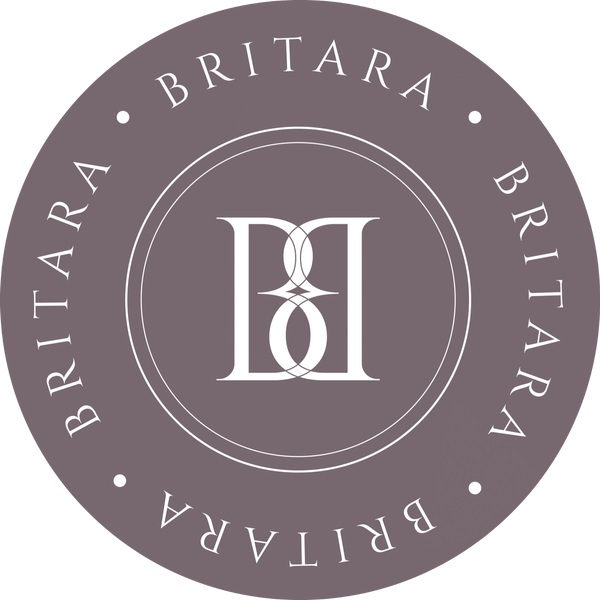
Its grade and value are determined by the absence of color, which also has a significant impact on its appearance. The color grade of a diamond is typically determined with the diamond face down and the culet facing up against a pure white surface, using a grading scale ranging from D (colorless) to Z. (faint yellow).
THE INTERNATIONAL COLOR-GRADING SCALE
The color grading scale developed by the Gemological Institute of America (GIA) is the industry standard for diamond grading (classification). Color grades range from D (colorless) to Z (light yellow) and are classified into three broad categories, which we will discuss in detail below.
Many people are perplexed as to why diamond grading begins at D. Previous systems used A to C and 1 to 3 scales. The GIA decided to standardize this classification and began its new scale with the letter D.
Colorless (D, E, F)
An E or F-color rated diamond emits a high level of brilliance and sparkle despite containing very minute traces of color.
Near Colorless (G, H, I, J)
G or H color diamonds are an excellent value because they only have noticeable color when compared to higher color grades.
An I or J-color diamond, on the other hand, appears colorless to the untrained eye but contains detectable color.
Faint Yellow (K, L, M)
A faint color is visible. Even when color is present, these diamond grades can emit fire and beauty.
When setting in yellow gold, choose a lower color because the color will be less visible.
WHAT DIAMOND COLOR SHOULD I CHOOSE?
It all depends on your budget, but also on your personal preferences when it comes to color. Furthermore, it should be noted that the color of a diamond, along with its carat weight, is one of the most commonly preferred criteria.
Indeed, color is an easy criterion to judge and allows for the realization of the expected effect at first glance.
The criteria in general are consistent with the natural and rational selection of the appropriate balance of the letters G and H. (extra white to white).


